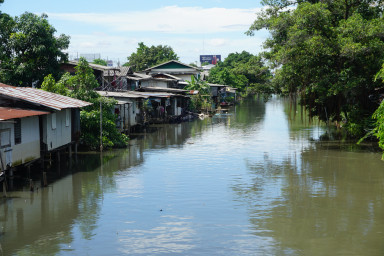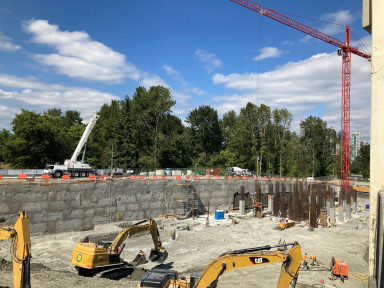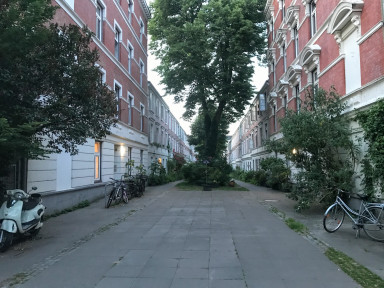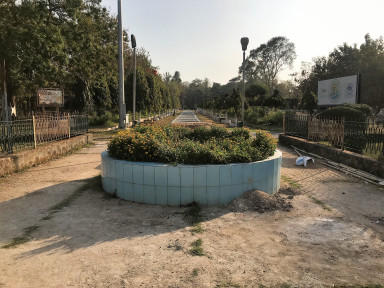Sinking cities
Urban political environments in the age of sea level rise (postdoctoral project)
This project addresses sea level rise as a challenge for urban future-making. Stemming from the observation that sea level rise will have a massive impact in the coming decades, especially on coastal cities, the project focuses on the political role of architecture in shaping urban futures. Therefore, it engages with cities already at risk of permanent flooding due to severe land subsidence, assuming that these are the first wave of sinking cities, where large parts of the built environment will undergo massive changes if no significant political measures are taken to control the water level.
- climate crisis
- sea level rise
- sinking cities
- built environment
- political architectures
Context
Sea level rise can be described as one of the most significant symptoms of our time. As oceanographer John Englander points out, ‘While dramatic sea level rise (SLR) seems scary, and may be impossible to imagine, the process is underway and is unstoppable in this century. […] Rising sea level will likely be the greatest agent of disruption and destruction this century’.¹ Studies show that larger cities tend to be concentrated in low-lying coastal areas and that about 65% of cities with more than 5 million inhabitants are located in these areas.² Current projections indicate that even under a moderate future scenario, projected sea levels would rise by the year 2050 to the point where the households of about 150 million people worldwide would be permanently flooded. The built environment is a crucial factor when it comes to understanding how sea level rise affects the city and its inhabitants.
Aims
The project focuses on architecture as a political vehicle for framing and shaping contested urban futures in sinking cities. It considers architectural space not only as a material and designed space but also as a political space. As geographer Erik Swyngedouw points out,³ architecture has a paradoxical dual function regarding its relationship to the political, insofar as it represents and reproduces existing relations of power and domination and, at the same time, has the potential to intervene in these relations by changing the given socio-environmental ordering of the city. While architecture is thus immanently bound to politics, Swyngedouw suggests that one should differentiate between a ‘politics of architecture’ and an ‘architectural political’. While the former relates to a notion of politics as a specialized, local thing and empirical activity that becomes manifest in institutions, laws, regulations, and routines, the latter refers to a concept of the political in a broader sense, embracing aspects of change, transition, transformation, even revolution. Applied to urban sea level rise, I understand architecture as a space that allows us to reflect on both of these political dimensions: It helps us engage the set of power relations and social values that shape visions of urban futures in sinking cities (i.e. the ‘politics of architecture’), and it serves as a space that paves the way towards new kinds of urban form and socio-spatial ordering (i.e. the ‘architectural political’).
Research design
The project aims to examine four dimensions of architecture that all play a role in investigating the political dimensions of architecture in the course of urban sea level rise: preservation, construction, decay, and loss. These four ways of dealing with the built environment are crucial, I propose, for understanding the contesting visions of urban futures produced in response to sea level rise. Proceeding from this, one can ask, for instance: Which frames, narratives, and discourses are used by professionals when it comes to urban visions of the built environment with regard to sea level rise? How do these professionals legitimize their action or inaction to respond to urban sea level rise? And what possibilities are opened up, and for whom, when it comes to adaptation and resilience measures that aim to protect the city’s built environment against rising sea levels? The project adopts a mixed-method approach based on qualitative and visual methods, combining approaches indirectly dedicated to the study of sinking cities, such as document and media analysis as well as expert interviews, with approaches based on on-site research, such as participant observation, photo documentation, and go-along interviews. Empirically, the project focuses on cities such as Bangkok (Thailand) that are already threatened by permanent flooding due to severe subsidence. These are the first wave of sinking cities where it is already apparent today that large parts of their built environment will be submerged within a predictable time period if no larger political measures are implemented to control the water level.




